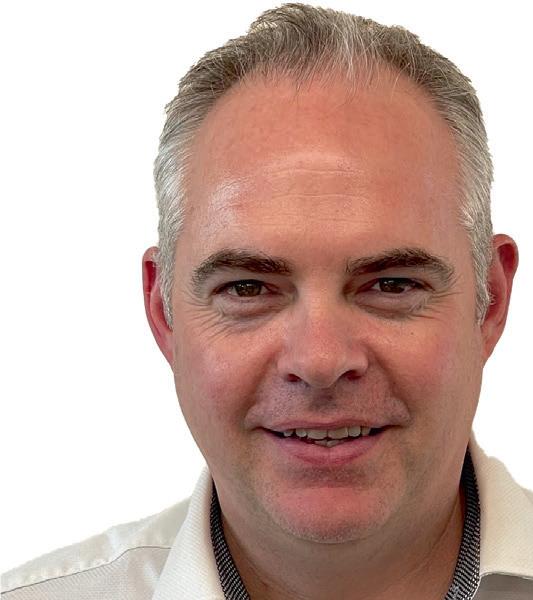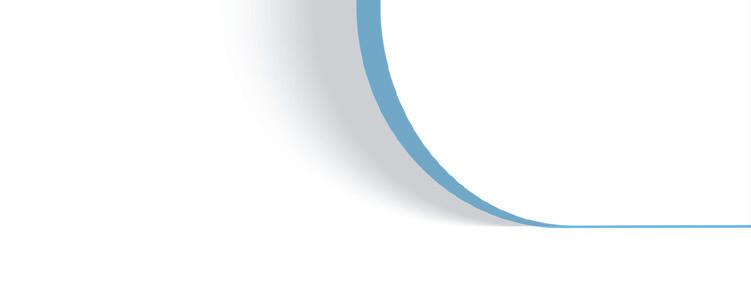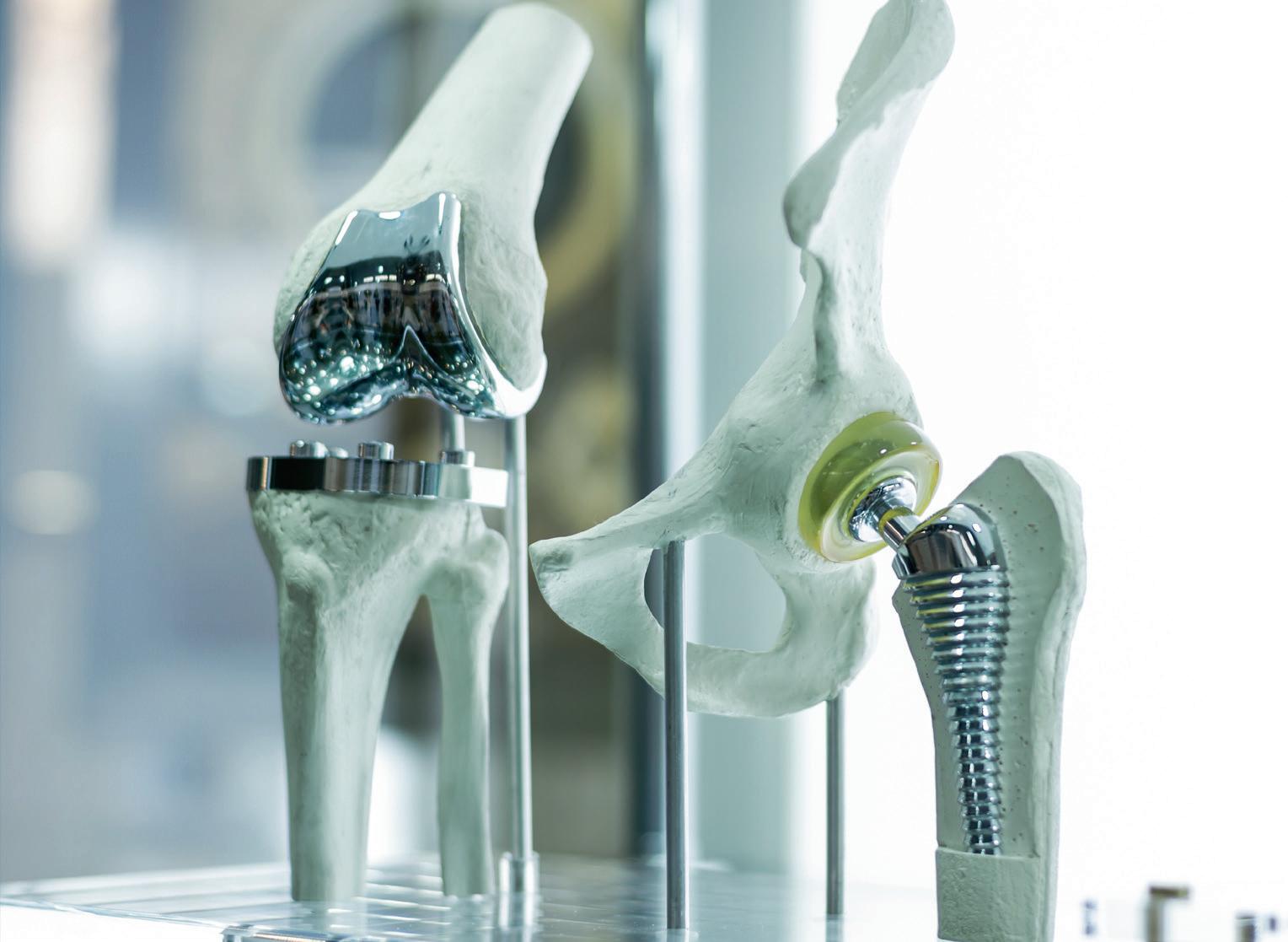TESTING & INSPECTION
JASON MCGLYNN, COMMERCIAL MANAGER FOR IRELAND AT INDUSTRIAL METROLOGY PROVIDER, THE SEMPRE GROUP, EXPLAINS HOW MEDICAL MANUFACTURERS CAN USE METROLOGY TO SOLVE COMMON QUALITY CHALLENGES AND ENHANCE THEIR COMPETITIVENESS.
A
ccording to MedTech Europe, the European medical technology market was estimated to be worth €140 billion in 2020, naming the UK as the third largest market in this area.1 UK manufacturers are always looking for new ways to remain competitive in this growing sector, while providing the accurate and high-quality products needed by patients. For medical device manufacturers, the health and safety of patients is a top priority, so device quality cannot be left to chance. Despite this, metrology is often treated as a policing mechanism, only used to validate products and detect defects at the end of production. As regulations become increasingly stringent, medical device manufacturers should consider how they can better use metrology equipment to improve quality management across production. ACCURACY Medical devices are decreasing in size, while increasing in complexity — manufacturers are producing small, intricate parts such as polymer dental implants. As a result, manufacturers must meet much tighter tolerances; precision is key to ensure the best outcome for the patient.
calibrated correctly. ISO 17025 accreditation and certification from the United Kingdom Accreditation Service (UKAS) demonstrates the competence and performance capabilities of organisations that provide certification, testing, inspection and calibration services. It is beneficial to work with one of the few companies able to offer UKAS calibration for optical or vision coordinatemeasuring machines (CMMs), as they will ensure machine reliability. BOTTLENECKS Medical device manufacturers will often validate large numbers of parts to achieve regulatory compliance. Although this is clearly an important step for patient safety, it can slow down production in an industry where speed is critical. Manufacturers typically use measurement equipment at the end of a production line. To do so, they must first manually remove the components from the production line, thus creating costly bottlenecks while parts queue for available metrology systems.
Tactile measurement may compromise the quality of these smaller components. Manufacturers therefore require nano- and micro-precision noncontact measurement equipment for accurate validation. For example, Sensofar 3D optical profilers offer three optical techniques to provide highly detailed surface inspection and analysis.² This equipment effectively validates the accuracy of devices, so long as it is 14
By this stage it’s often too late to rectify any issues. If the product is found to be defective, time and energy has already been wasted on a product that could have been scrapped or saved earlier in the production process. The manufacturer has also lost the opportunity to identify the root cause of any problems that could have been addressed before it created more defective parts.
W W W. M E D I C A L P L A S T I C S N E W S . C O M








